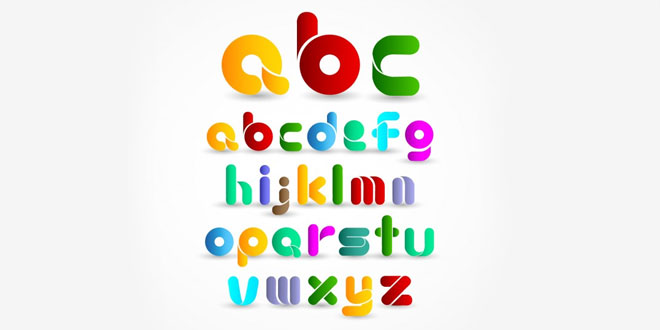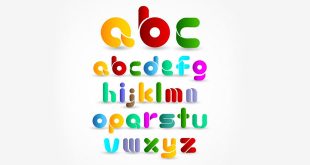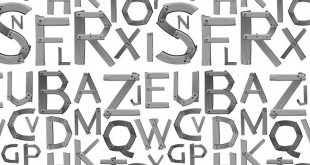Noun
A noun is a word that may either be the name of a person, a place, idea, quality or a thing. Basically, nouns are names that may be allotted to people, places, groups or categories in general. Nouns may even define a speech that signifies an abstract or a concrete entity. A noun provides you the answer of “who” and “what” in a sentence.
- Proper Nouns: Name of people, months, days of week, festivals, countries and capitals, lakes, oceans, seas, rivers, mountains and even famous buildings or places like Statue of Liberty, Great Wall of China etc.
- Common Nouns: General names of things. For e.g., while Adam is a proper noun, ‘boy’ is a common noun applicable to all boys. Similarly, unspecific names like girl, a butterfly, honeybee, etc., are all common nouns.
- Countable Nouns: Nouns that can be counted like boys, girls etc. appear with these nouns. These include words such as some, any, few, many etc.
- Uncountable Nouns: Uncountable items appear with uncountable nouns such as little, much, some, etc.
- Collective Nouns: These are names accorded to groups. These include words like herd, bunch, group, committee etc.
- Abstract Nouns: These are names of feelings, virtues and all those things that cannot be physically touched. Examples include love, hatred, honesty, vigour, zeal etc.
Verb
Any word that describes an action or a state of being is usually how a verb is defined. A verb can very well be called the ‘heart of the sentence,’ as it is indeed critical to make the sentence meaningful. Verbs are also useful in stating whether an action is taking place now, whether it has already happened or will take place later. Verbs are usually accompanied by words that fall under the category of modals (may, could, should, etc.) and auxiliaries (do, will, have etc.)
- The dog bit the man.
- Let’s talk it out.
- The old man is sitting on the chair.
Pronoun
When a noun is substituted in a sentence, then the word used in its place is called a pronoun. Based on the way the pronouns are used, they may be classified as:
- Personal pronouns which include words like I, me, you, he, him, she, it, we, us, the, theirs, them
- Possessive pronouns that indicate ownership and include words like mine, your, their, her, his. etc.
- Interrogative pronouns which include question forming words such as who, whose, whom, which, what, etc.
- Demonstrative pronouns which indicate the location of objects and include words like this, that, these, those
- Indefinite pronouns which indicate no specific object and include words like all, another, any, anyone, anything, both, either, everyone, many, neither, nobody, none, one, others, some, somebody, someone.
- Intensive or reflexive pronouns which include myself, yourself, himself, herself, itself, ourselves, themselves.
Adjective
A word that modifies or describes a noun or a pronoun can be listed under adjectives. These words add value and detail to nouns / pronouns and tell us more about the subject of the sentence. Adjectives may be classified in many ways based on the word used to describe the noun. Their broad classification is as:
- Qualitative adjectives: These are words that talk about the quality of noun or pronoun. For e.g., good girl, lustrous hair, black dress, high ceiling, thick walls, slow walk, etc
- Quantitative adjectives: These are words that talk about numbers. For e.g., ten days, 3-years-old kid, seventh day, etc.
Adverb
An adverb is used to limit or modify an adverb, adjective or a verb. In a sentence, adverbs provide answers to the questions of “how”, “when”, “where”, “how much” and “why”. Some of the examples stated below will provide you a clearer picture.
- He waved wildly to get her attention. (verb: wave)
- The shirt he wore to the party was extremely bright. (Adjective: bright)
- She cooks good food easily.
- Ted jumped up on being called for food.
Preposition
Prepositions are usually used to deliver a spatial, temporal or a directional meaning to a sentence. They accompany the nouns or pronouns to form phrases those are used to modify nouns/pronouns, adjectives, or verbs. It’s usually used to relate a noun or pronoun to another part of the sentence. It may either be:
- Prepositions of place: In my hand, across the street, between my fingers, near the gate, in New Zealand.
- Prepositions of time: In an hour, for another day, at three o’clock, on March 2002.
Conjunction
Basically, a conjunction connects ideas or words together. It can also be two clauses or sentences. They can be categorized as coordinate, correlative or sub-ordinate conjunctions.
- Coordinate conjunctions: These words connect clauses, phrases or words those of which are of equal importance. The list includes, and, or, nor, but, for, etc. For e.g.: First I ran across the street and then I walked down the road.
- Correlative conjunctions: These words are found in pairs. Mostly, the combinations used are, both-and, either-or, neither-nor, not only-but also, etc. For e.g.: Either Henry or Paul is responsible for this mess.
- Subordinate conjunctions: These conjunctions connectwords of unequalimportance or, more clearly speaking, they connect independent clauses with dependent clauses. The list includes, although, after, because, before, if, since, though, unless, when, while, where, until, but, etc. For e.g.: I wanted to buy the dress hanging outside the shop, but it was too costly.
Interjection
It is a word that is used to express an emotion or a feeling. Such words are always accompanied with exclamation marks.
Some examples:
- Oh! That’s lovely.
- Yikes! I misplaced it.
- Yippee! I’m going home.
- Gosh! You really did that.
- Wow! I can’t believe my eyes.
Though there are lots of words used while building a sentence, not all the words serve the same purpose. Some words express action while others might signify something else. In most of the cases, even two or more sentences can be joined with the use of a single word and can help you deliver the context perfectly. For this to happen, you must grab the concepts of parts of speech; this understanding can definitely lead you correctly in the process of framing sound sentences.
 Class Notes NCERT Solutions for CBSE Students
Class Notes NCERT Solutions for CBSE Students


